Building A Data Governance Bridge Between Cloud And Datacenters For The Enterprise At Privacera
Data Engineering Podcast
MARCH 27, 2022
Summary Data governance is a practice that requires a high degree of flexibility and collaboration at the organizational and technical levels. The growing prominence of cloud and hybrid environments in data management adds additional stress to an already complex endeavor.







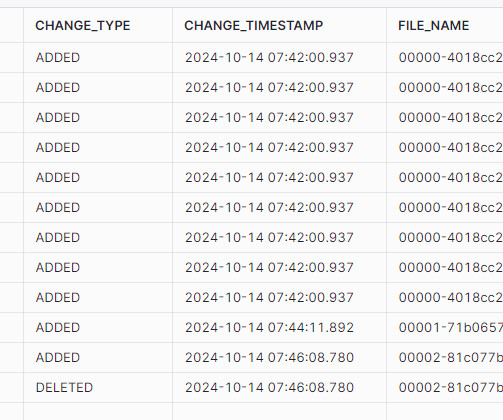



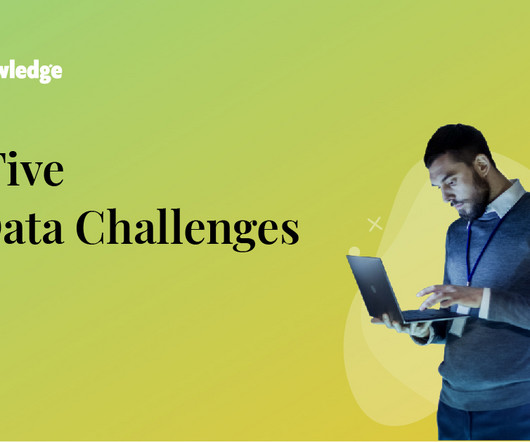

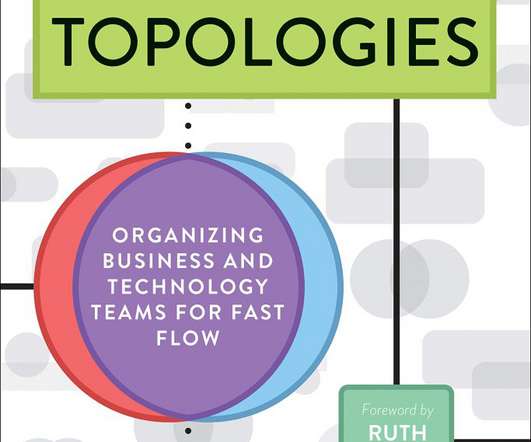

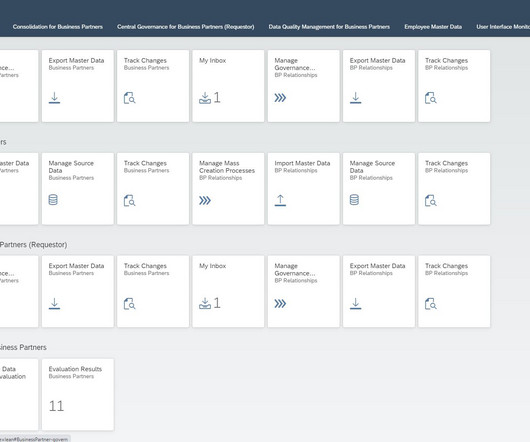










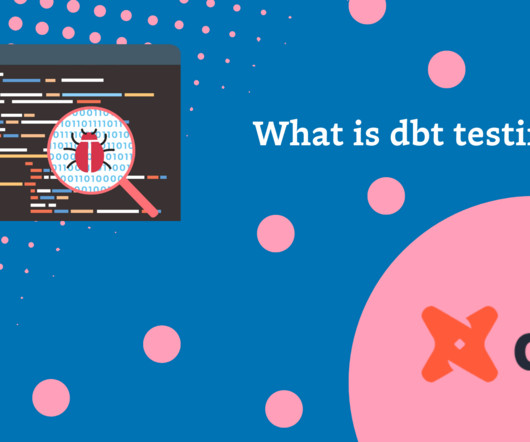






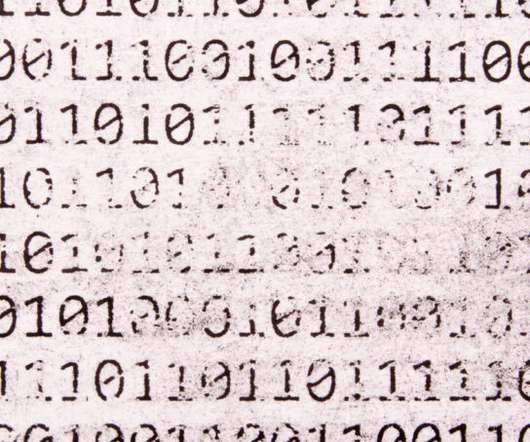

















Let's personalize your content